- JP
- EN
May 25, 2022 UP
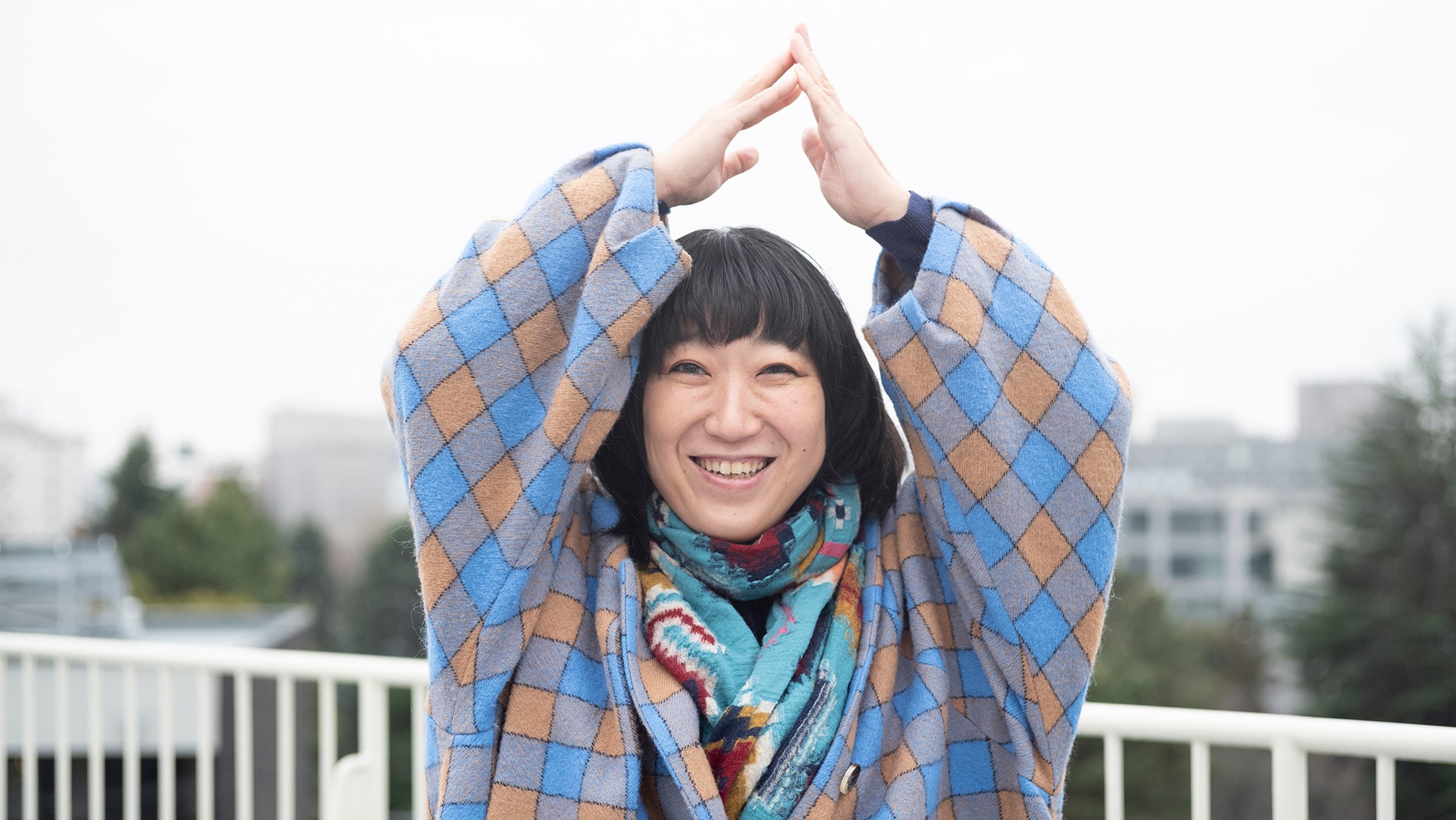
“Swimmy” is a classic children’s book written by Leo Lionni that has been translated into multiple languages around the world and remains a long-time best seller in Japan. Most are familiar with the story, but did you know that the big fish Swimmy confronts is a tuna fish? Author Ellie Omiya discusses the underlying messages in this beloved and timeless picture book, delving into what we can learn from “Swimmy” as a society today.
Photograph_Kaoru Yamada
Interview_Shota Kato
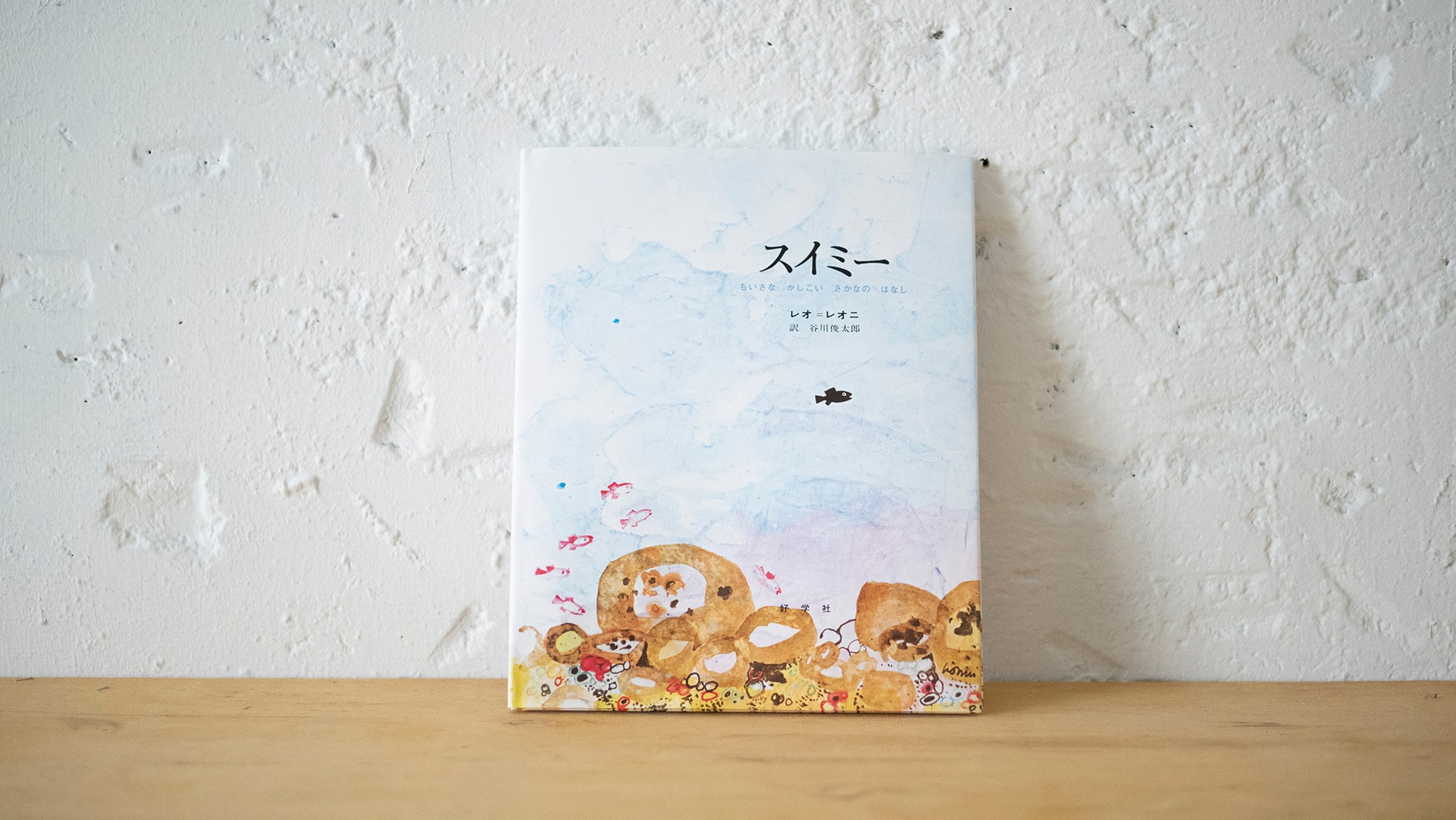
Omiya: I was a little perplexed when I received this interview request to discuss a picture book when caravan’s new special feature is about tuna.
――The goal was to approach the tuna farming feature from different angles.
Omiya: But the connection is a bit of a stretch, right? Just because Swimmy’s enemy is a tuna fish? (Laughs)
―― True. (Laughs) When researching, we discovered that the big fish featured in “Swimmy” is none other than a tuna fish.
Omiya: Personally, I would have liked to do a taste test. (Laughs) It would have been nice to sample different varieties of tuna and then describe the differences in taste. (Laughs) I guess that’s not something to discuss while holding a copy of “Swimmy.” To be honest, I was surprised to learn that the big black fish in the book is a tuna fish.
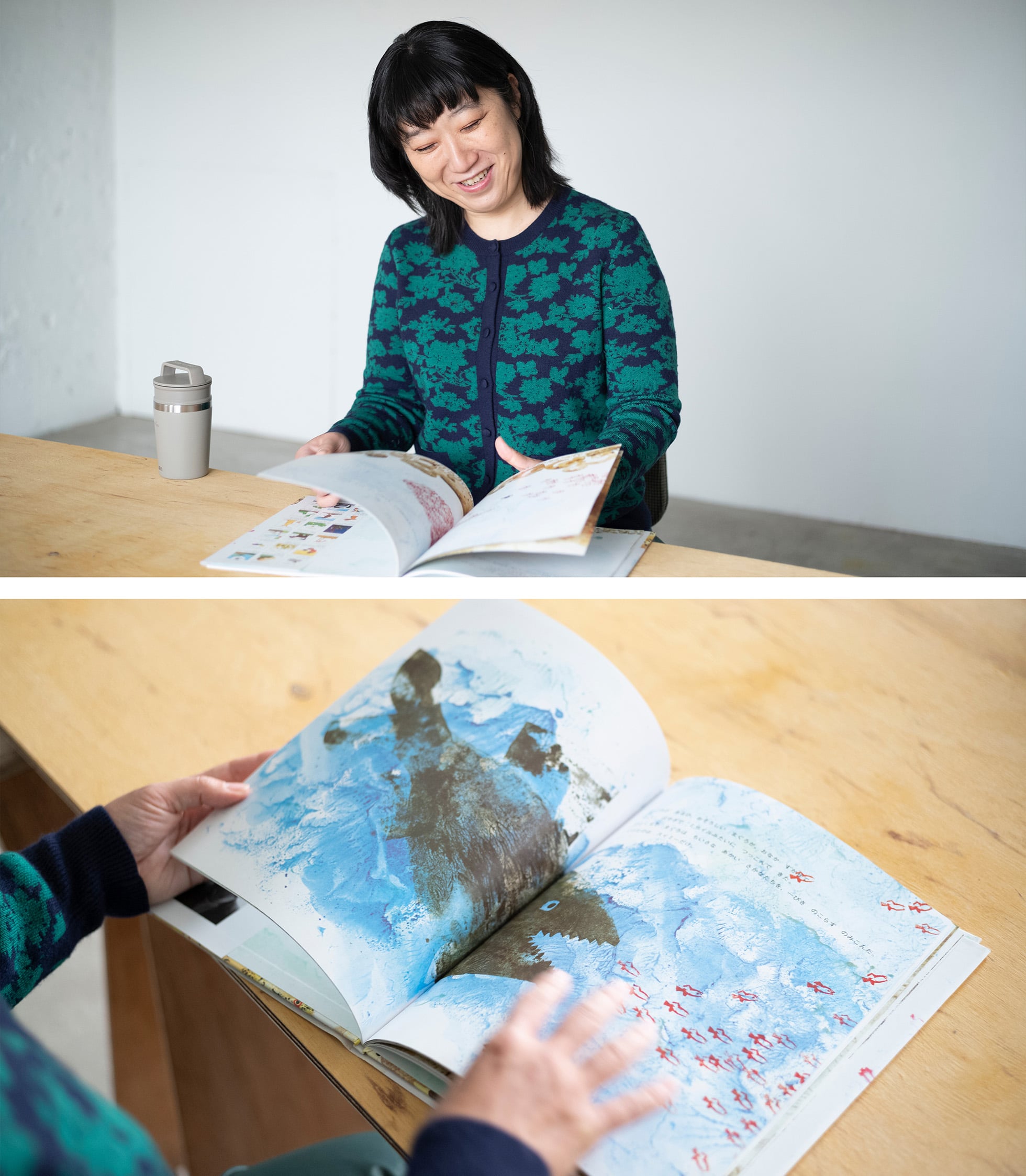
――For those who haven’t read the book, it’s a story that begins when a little black fish named Swimmy has all of his brothers and sisters eaten by a big tuna fish. Swimmy is left to explore the ocean alone until he meets a new school of fish. All the little fish swim together masquerading as a large fish to scare away the tuna. That’s the basic story line, but had you read “Swimmy” before?
Omiya: I don’t remember reading it as a kid, but the book was probably already in print. My only association with story was that the school of fish forms a big fish. Do you remember “Swimmy”?
――The name of the book rings a bell.
Omiya: Right? But rereading the book as an adult made me tear up. “Swimmy” really resonates with the times. The isolation. The division. Even familiar faces have disappeared behind masks. It’s just the story we need to hear now with the recent rise in loneliness and larger dangers posed by the Covid-19 pandemic. Swimmy’s message to fellow fish is to “swim together” so all the smaller fish can collectively stand up to a bigger threat, which is a relevant message today.
I was also struck by the line in the book, “But you can’t just lie there.” In many situations, I’ve felt stuck and unsure of what to do next. But that’s the reminder we all need that “…you can’t just lie there.”
――True. As adults, there are certain lines that carry more weight now.
Omiya: People feel more deeply, particularly during the pandemic. Picture books are nice because you can read them even when you’re tired. There is depth in their simplicity. Everyone can find solace in Swimmy’s words.
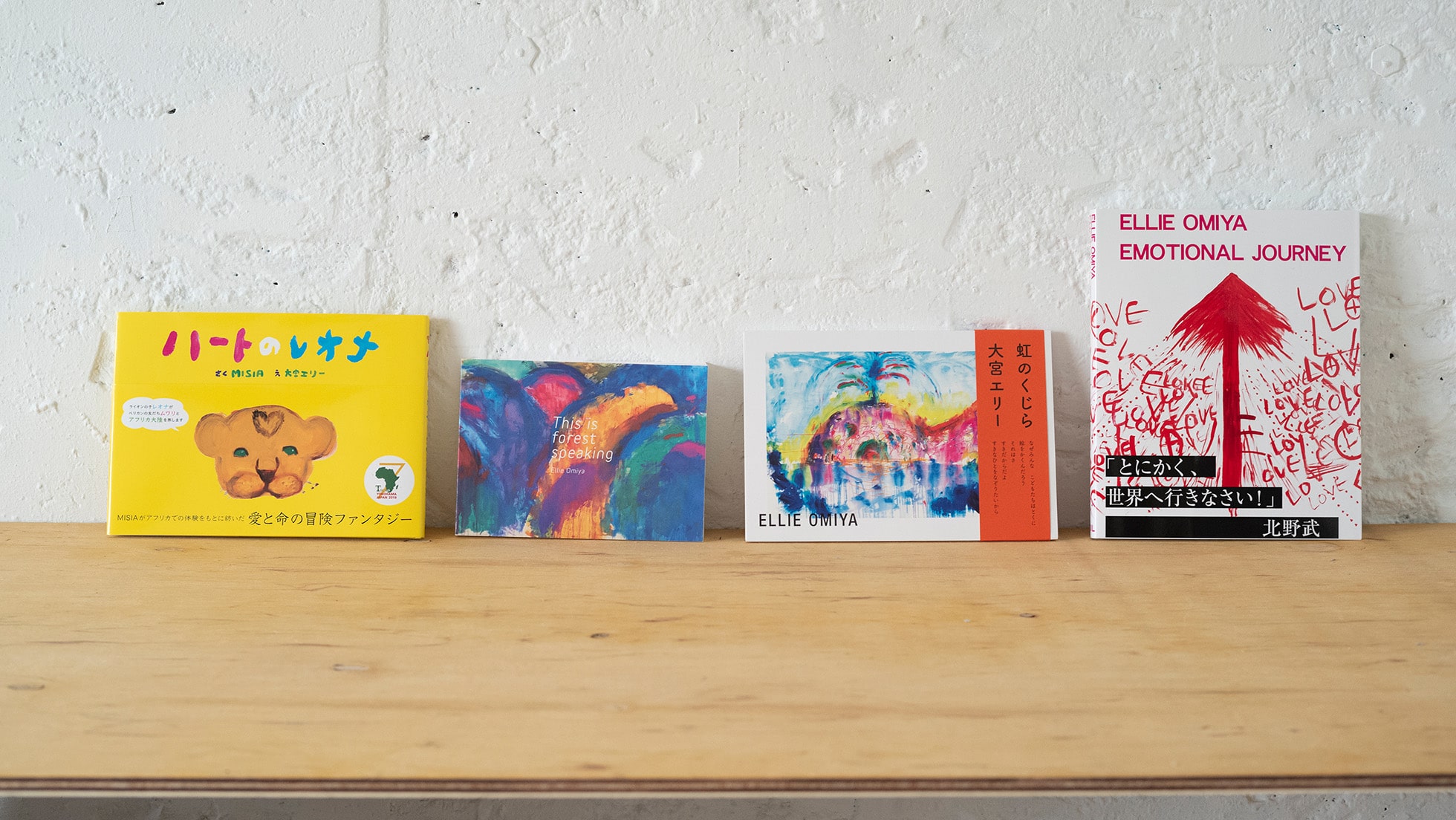
――I understand you have also authored a number of children’s picture books.
Omiya: Yes, I think that’s why I’m interested not only in the story, but also how the illustrations were produced. Were block prints used to make the fish? Is this the paper-cutting technique? My picture book, “Niji no Kujira” (“The Rainbow Whale”) may be closest to “Swimmy.” Oh, another connection to fish!
――Everything connects.
Omiya: It does! (Laughs) One day a rainbow-colored whale appears in the ocean. The humans in the story go on an expedition to catch the whale, but when they approach the whale a blinding, rainbow-colored light envelops them, and everyone gets dyed rainbow colors. The people suddenly feel light and happy, forget about catching the whale, and go home. (Laughs) If we can get over divides such as race and gender, the world will become a more peaceful place, where everyone can be happy and embody the rainbow. I wrote “Niji no Kujira” (“The Rainbow Whale”) with this message of peace in mind.
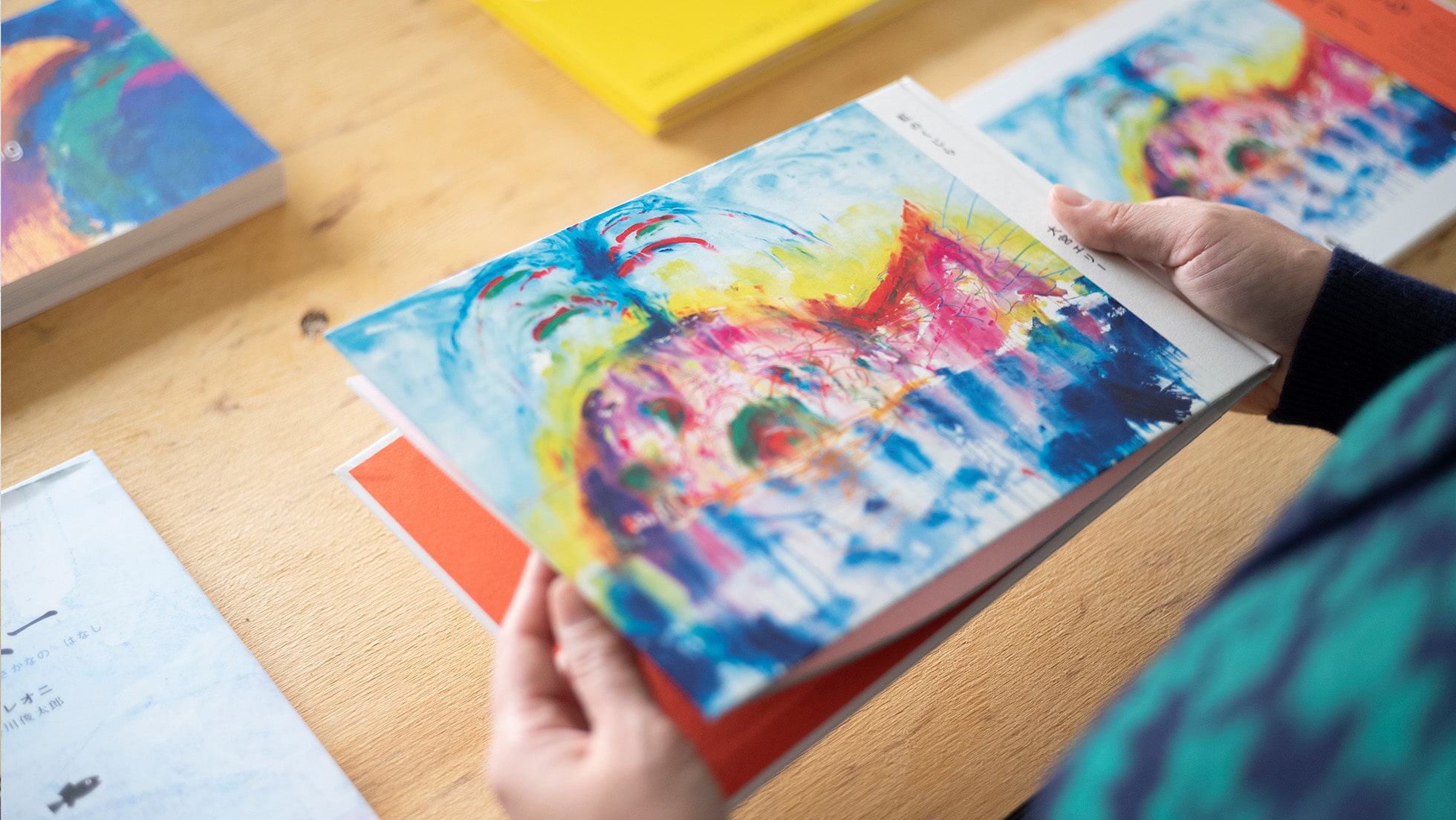
――A rainbow can certainly symbolize diversity.
Omiya: When grappling with how to express the concept of “unity,” I decided that coloring everyone with the rainbow could communicate that feeling of joy.
――What do you consider to be the central theme in“Swimmy”?
Omiya: I would say collective strength. The message is that we can’t achieve anything by hiding, and we are all going to swim together. As Swimmy tells his fellow fish, “…you can’t just lie there.”
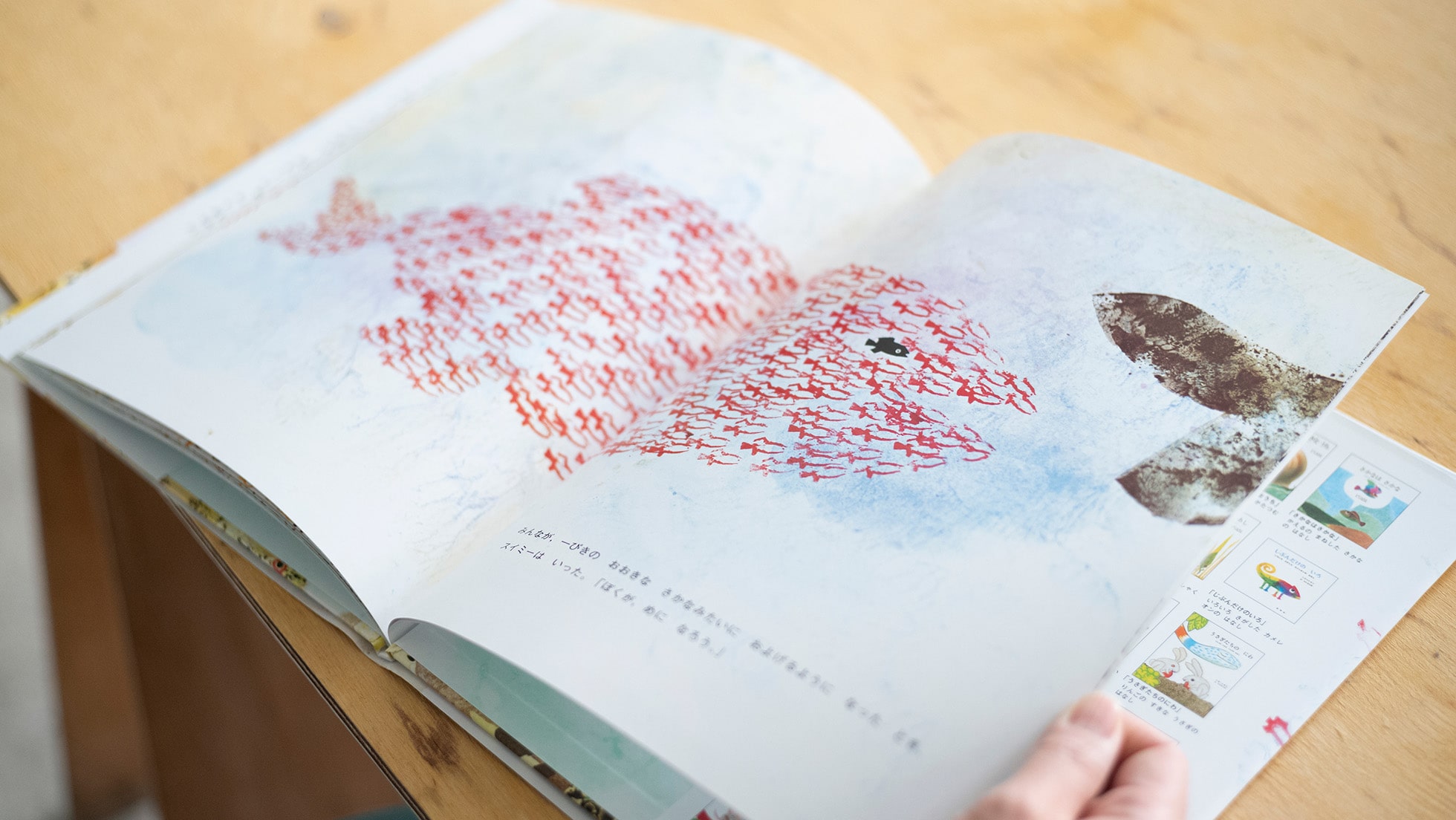
――Would you say this story resonates during the pandemic?
Omiya: Without the threat posed by the tuna, Swimmy and his friends would never have come together to become empowered as a larger fish. In other words, miracles can occur precisely when you find yourself in a pinch. And we can’t effect these miracles alone; it’s important that everyone works together. These ideas are really quite relevant now. There are opportunities to be found in moments of difficulty. A pinch can bring about a miracle! (Laughs) I work in many different fields and have a lot of ideas, but I could never realize these projects without support. Going forward, I believe we will see people coming together for more collaborative work. Hopefully, the result will be more happy miracles.
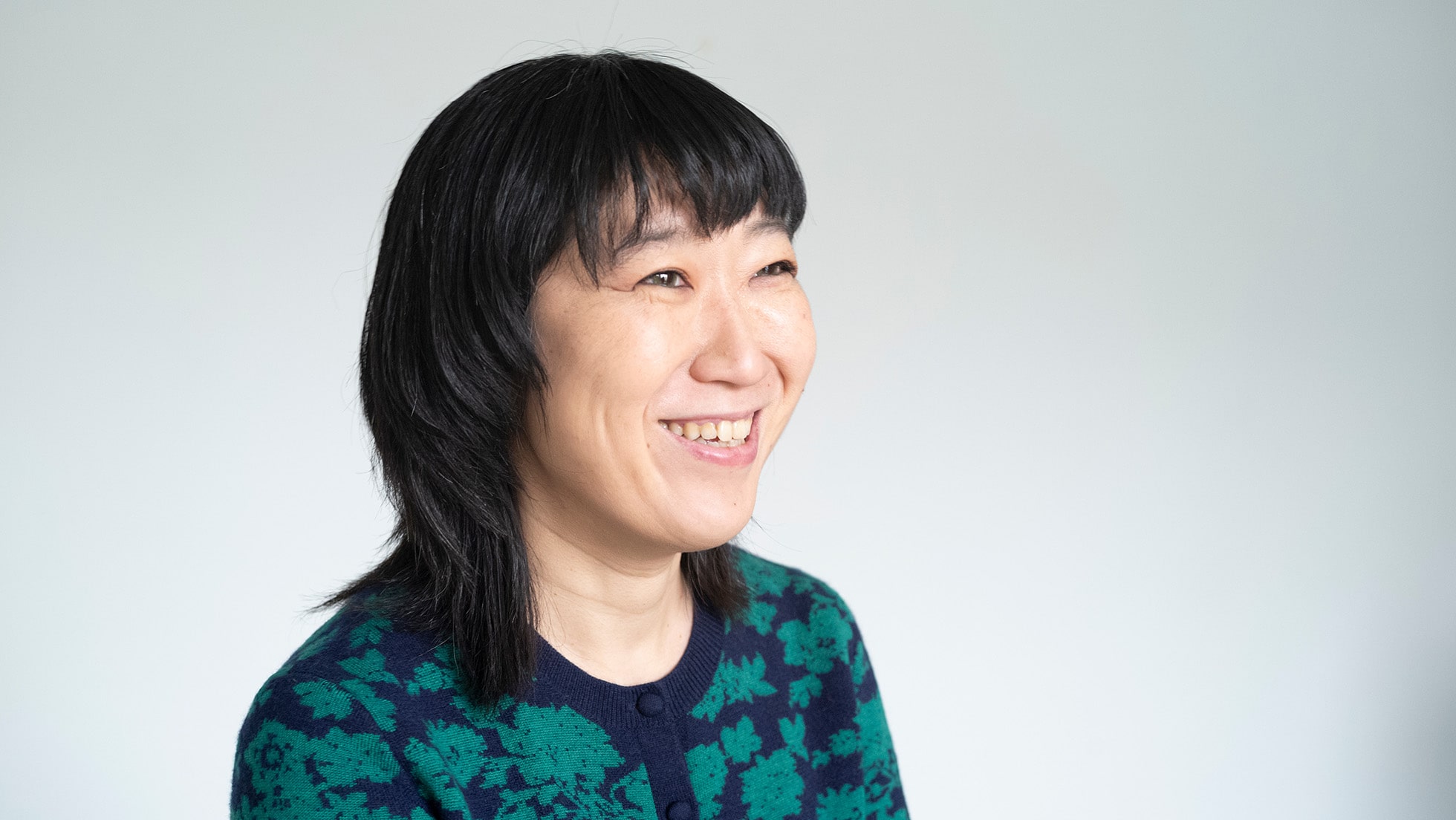
――Has the pandemic put your activities on pause?
Omiya: Yes, many events have been canceled. However, in some respects, I think that I share some of Swimmy’s qualities. (Laughs) During the pandemic, I started “Ellie Academy,” which is an online campus for adults to learn creativity. The students come from all walks of life, including tomato farmers, caregivers, nurses, housewives, and single mothers. It’s a collaborative space for everyone to work together on projects. My intention was to create a third space that differs from your family and work spheres. I started this online school, so people wouldn’t get lonely. Exactly like Swimmy.
――What do you teach at Ellie Academy?
Omiya: The students connect with each other to do a single project, or sometimes I give out multiple projects to work on with everyone. There are two core foundation classes that I teach and after we focus on lessons to think outside the box. For example, classes on a lacquer revival project, charity drives, and breadmaking. While Swimmy encourages his fellow fish to avoid stasis, I think people also find themselves paralyzed by their own inflexible thinking. That’s why we try to remove barriers like fixed thinking and stereotypes so that people can be free. I try to give participants in the course assignments to train their right brain, which are based on jobs I’ve previously worked on relating to songwriting, scripts, planning, and advertising.
In addition to Ellie Academy, I also organize speaking events, where top industry leaders come to share their stories. Listening to world-class talent and being introduced to new and unknown worlds can provide people with hints for application in their daily lives. Swimmy offers a similar solution by helping his fellow fish explore new areas of the ocean.
The lessons, projects, and events at Ellie Academy help me to stay true to myself and in the process build a village, community and regional society. Before Covid-19, I never imagined the possibility of hosting the courses online, and I didn’t pursue the idea since I felt it would be limiting to only offer classes in Tokyo. Now that these barriers have disappeared, we have a space for people to come together from Hokkaido to Okinawa. Building connections has always been my goal.
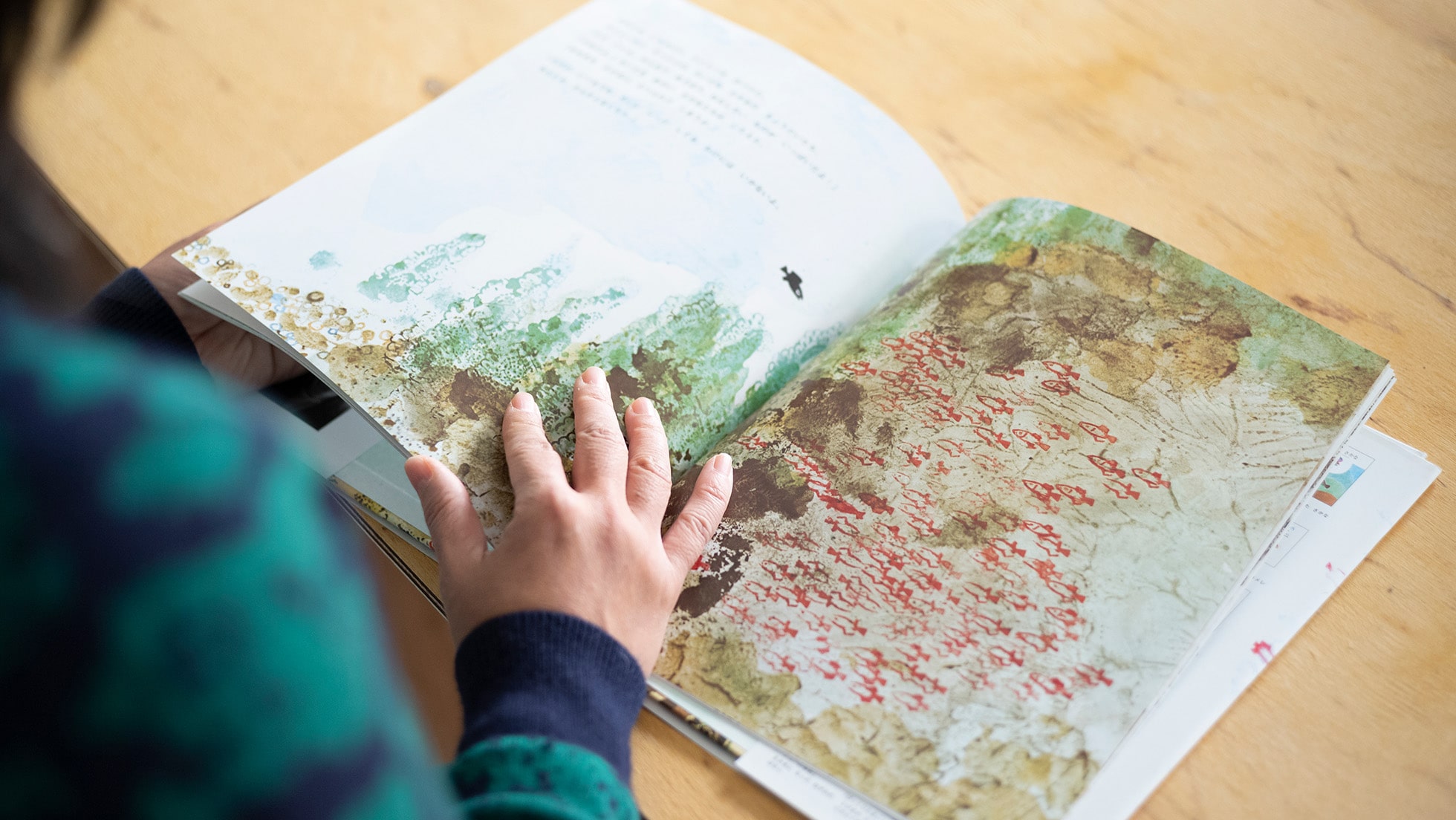
――With online education, you can participate as long as you have access to the network.
Omiya: We have participants from Cambodia, New York, and Australia. In January, we had broadcast writer Yasushi Akimoto as a guest. In February, we had model Kozue Akimoto. We also hosted ceramic artist and Living National Treasure Akihiro Maeta. Similarly, we held a talk show with Kazumi Murose, who is a lacquerware artist and Living National Treasure. After listening to the expert Akihiro Maeta, one caregiver gave us feedback that she was motivated to go to work the next day.
Apparently, this caregiver was surprised to learn that even a successful ceramic artist and current Living National treasure would have gone through a period of wanting to quit his chosen career. Maeta Sensei went through a week where he was bedridden, but ultimately decided not to quit and to try again. This caregiver shared that though she also felt close to a breaking point, this seminar helped her find new strength. It brings me joy and gives my life meaning to organize events with the power to inspire people. If we all work together, we can create something greater. I also started an Ellie Academy campus for kids that went live from 2021.
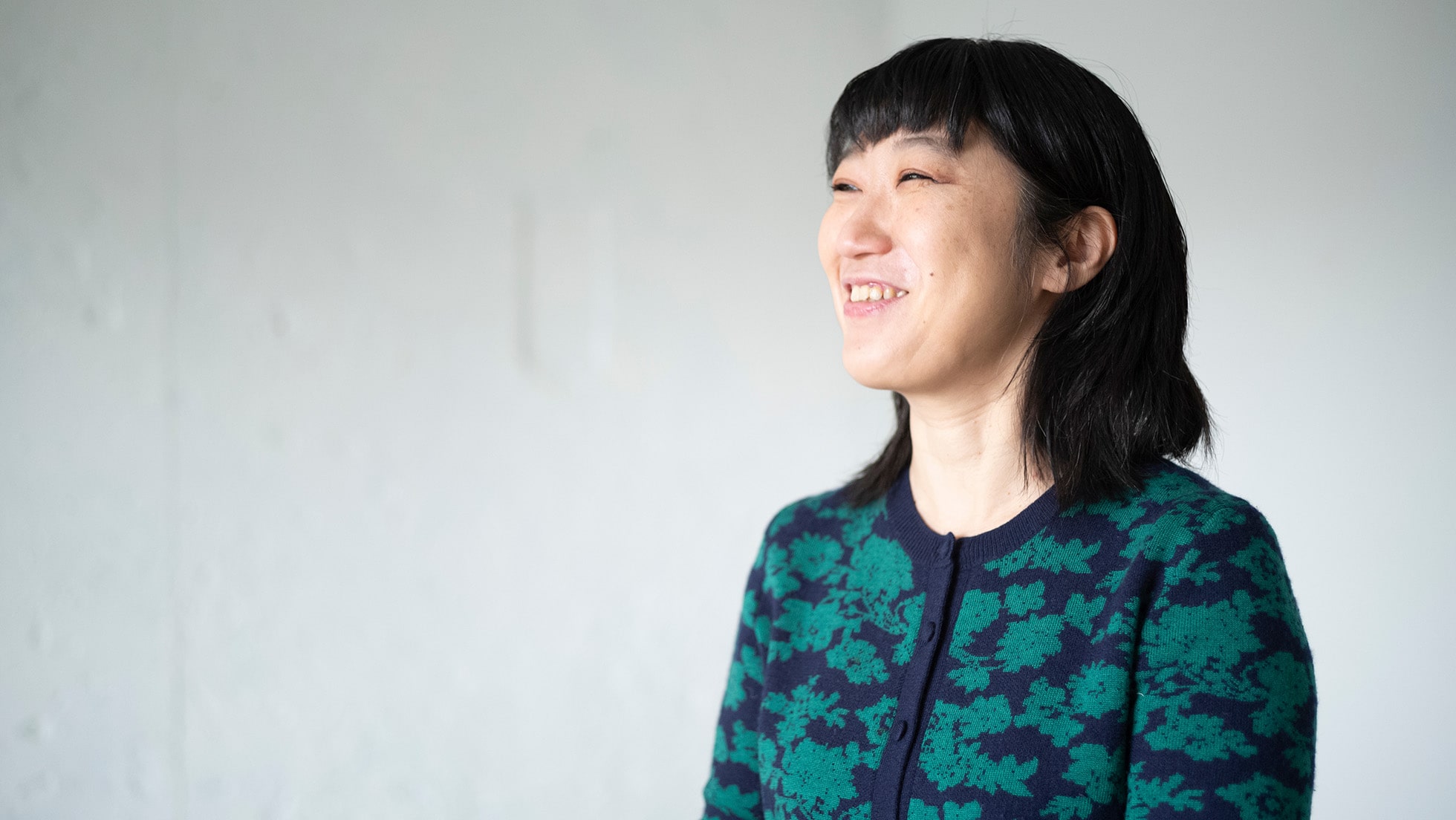
――In spite of Covid restrictions, you were still able to expand your range of activity. And just like the Swimmy story, it was a collective effort.
Omiya: By taking action, we create a team. When in a pinch, we can become like Swimmy and work with a school of fish. There are so many instances where I am inspired by children and young people. These kids are going to create our future, and I feel as if we need to do everything that we can as adults. It’s our responsibility to build a future for the next generation and a goal that we need to accomplish while we’re alive now.
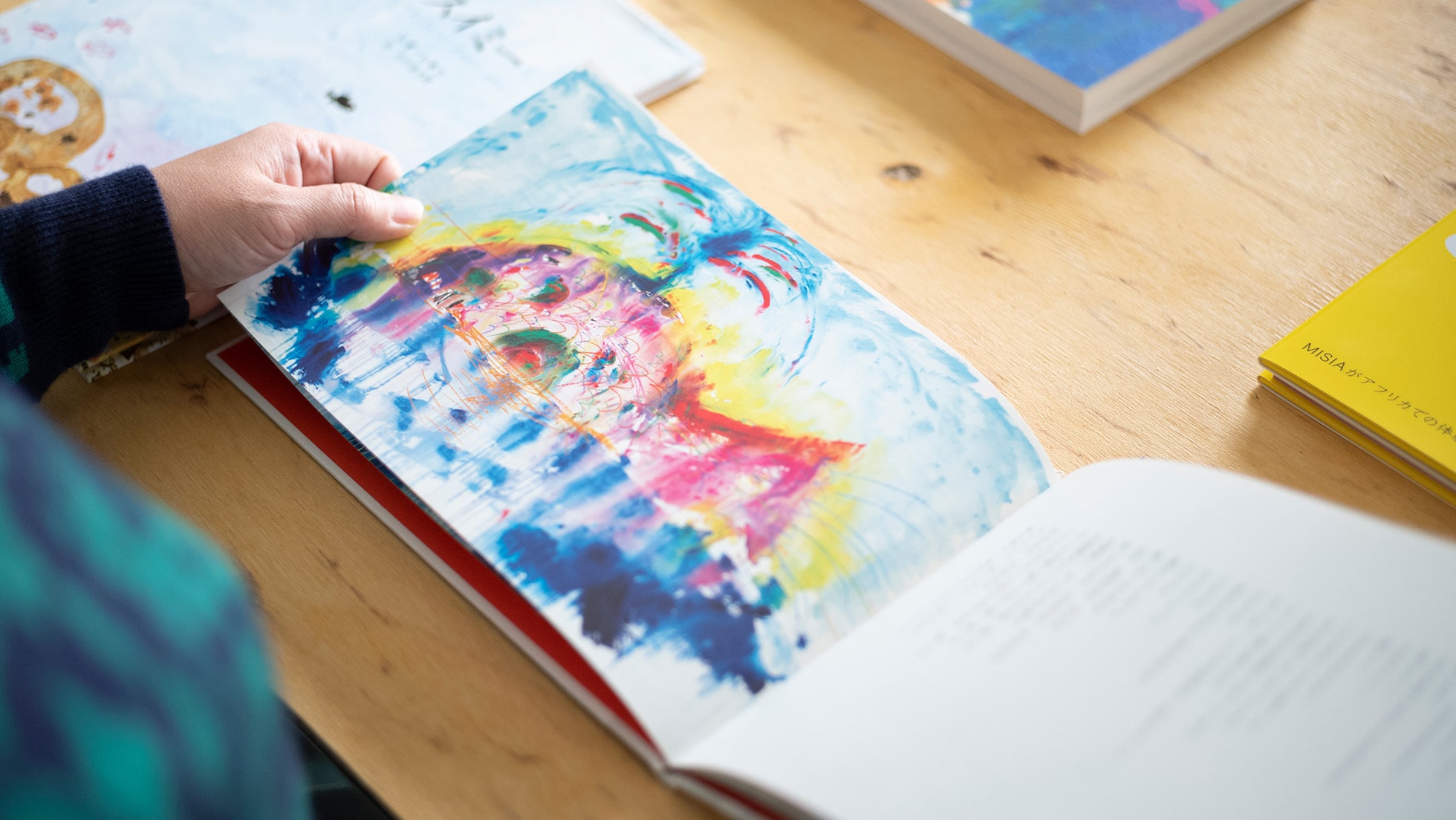
――What do you consider the appeal of picture books?
Omiya: They’re so philosophical. The abundance of blank white space and the short sentences force you to think. I plan on writing a lot more picture books in the future.
――So you’re interested in creating something that can be viewed from many vantage points?
Omiya: Yes. I’ve been focused on working as a visual artist for the past 12 years, but I think that moving forward my artwork will intersect with areas that I’ve worked in such as scripts, essays, radio, and film projects. The message is key no matter the medium.
――What motivates you to create art?
The wide margins in picture books make sense to me. With picture books, interpretations differ based on the reader. How you feel reading the book might change depending on the situation. Picture books are a creative product that combine short text with illustrations, which is a happy marriage of my past career as a writer and my work as a visual artist. Children can appreciate picture books, and I’d like to tell stories that can be interpreted in many ways. The universal reach of these picture books is really wonderful. Stories that bring people joy are great. I always strive to not just be self-satisfied with my work, but rather spread happiness.
When you unpack your own emotions, you will hit on universal truths. There may be other people in the world who feel the same way. When writing stories or working on illustrations, I try to consider how I can help alleviate people’s loneliness. I explore these subjects through myself and through others.
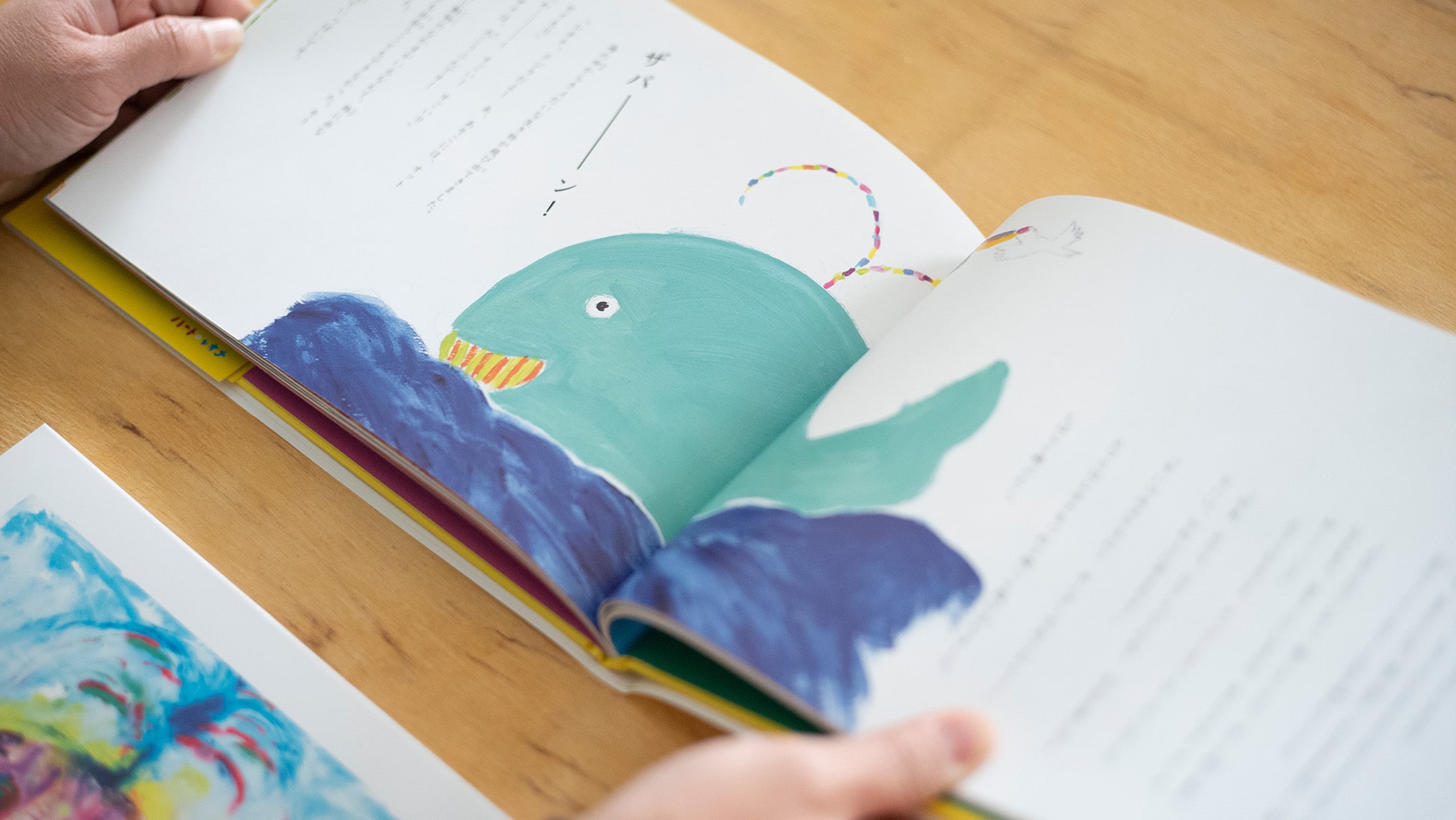
――Swimmy has his school of fish stand up to the tuna, but have you experienced any battles in your life? Many of our caravan readers are in their 20s and 30s. We imagine many of our readers are currently facing a difficulty or challenge of some kind. Do you have any advice to offer?
Omiya: In my case, it’s not a battle but learning to coexist. I would not say it’s a battle against the self either. We all need to learn to acknowledge, understand, praise, and develop ourselves as people. It’s about coexisting through a dialogue with one’s self. Also, I think it’s important to learn to accept other people’s alternative values.
I wrote the lyrics for famous Japanese singer MISIA’s song, “One day, One life.” The sentiment is that even if you are troubled, paralyzed, or want to run away, you can believe your feelings in this moment. Every “one day” is full of one-time experiences that accumulate into “one life.” It’s really not a battle against yourself but valuing your feelings in the present. It’s fine to continue to change too. It’s all about having a constant dialogue with yourself. We all have to break free from constraints, such as wanting everything to be a certain way or doubting our ability to accomplish a goal.
This past March, I had an exhibit in London. I will also be an exhibiting artist in the Setouchi Triennale that starts in April. Thinking of these exhibitions as challenges makes them feel more tiresome, so I try to just enjoy myself. In other words, instead of worrying, I train myself to focus on feeling excited. Please check out my work as a visual artist. Paintings can communicate feelings that can’t be put into words. I hope that people see my paintings and receive good vibes or good energy and feel inspired to be courageous like Swimmy.
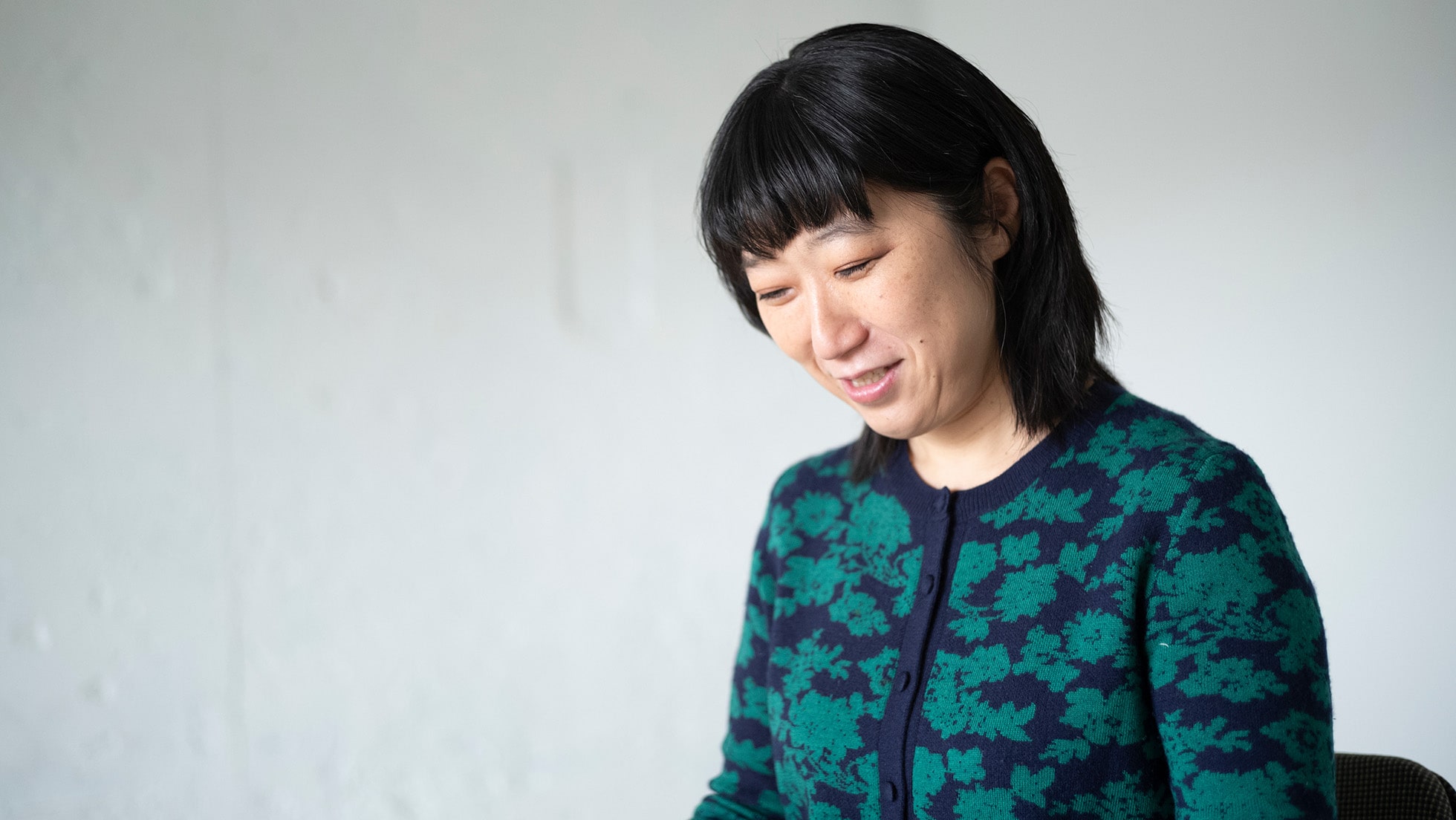
――It sounds like you choose to pursue paths that excite you as opposed to characterizing projects as a challenge.
Omiya: Exactly! Miracles don’t occur through inaction. Don’t worry about failing. Look at yourself objectively and imagine yourself in a video game where you’re holding the controller. Experience feeling in control of yourself. By directing your own actions, you can move towards paths that bring you excitement. You can create your own life. If you believe that philosophy, you won’t be burdened by challenges, and you’ll be left with an inner motivation to act.
Turning 46 and dealing with the Covid-19 pandemic, I realized there is part of me that struggles with getting used to unfamiliar situations or changes. Everything starts to feel like a burden. While exhibiting overseas is exciting, there’s also part of me that finds it a hassle. (Laughs) Comparatively, when you’re in your 20s or 30s, you don’t feel these burdens to the same degree. Even if you’re worried about something, if you feel a strong desire to do something, you should be honest with yourself and take swift action.
――How can people reach that point?
Omiya: For example, today is freezing. In my head, I thought: “Gee, I’m grateful for this interview, but I don’t want to go outside in the cold.” (Laughs) In these circumstances, I try to motivate myself. In my head, I say: “Wouldn’t it be more fun to bring a nice thermos of hot coffee to the interview?” You have to appreciate your own feelings and be generous to yourself. You see I have my thermos of coffee right here. Essentially, you can have a dialogue with yourself to figure out how to make experiences more fun—whether it’s bringing hot coffee or some other solution. That’s how to cultivate creativity. You direct and stage yourself. You encourage yourself without necessarily using the mindset of taking on challenges.
After discovering this ability to creatively direct myself, I immediately thought this was a skill I’d like to teach other people! I’m just realizing that my personality of wanting to give unsolicited advice is probably why I started a school. (Laughs)
Note: Employee titles and affiliations reflect those at the time of the article’s publication.
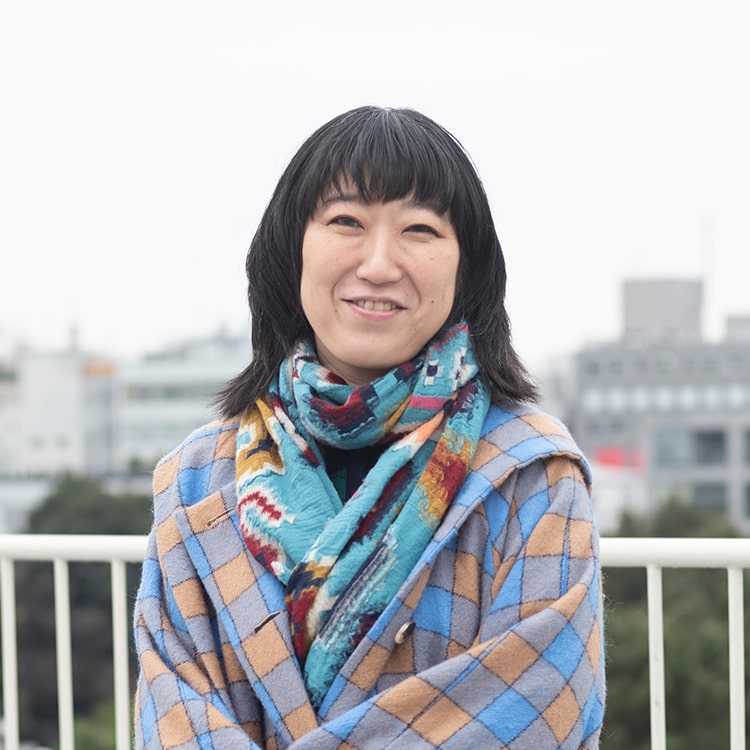
Ellie Omiya
Author, screenwriter, painter, film director, TV commercial director, TV commercial planner
Born in 1975 in Osaka, Japan. After working at an advertising agency, Omiya set out on her own in 2006. Omiya made her directorial debut with the film “Umi de no hanashi.” Her writing includes essays such as “Ikiru Conto,” “Ikiru Conto 2,” and “Nantoka Ikiteimasu.” Picture books include “Niji no Kujira.” In addition to Omiya’s career as a writer, she works as a radio personality as well as a host for TV programs, holds interactive solo exhibitions and art shows as a visual artist, and serves as the director of Ellie Academy, which offers online creativity programs for both children and adults.
Ellie Omiya official site
http://ellie-office.com/
Ellie Omiya (English site)
http://ellieomiya.com
Ellie Academy official site
https://elliegakuen.com/
Ellie Academy Kid’s Campus official site
https://kodomo-elliegakuen.com/